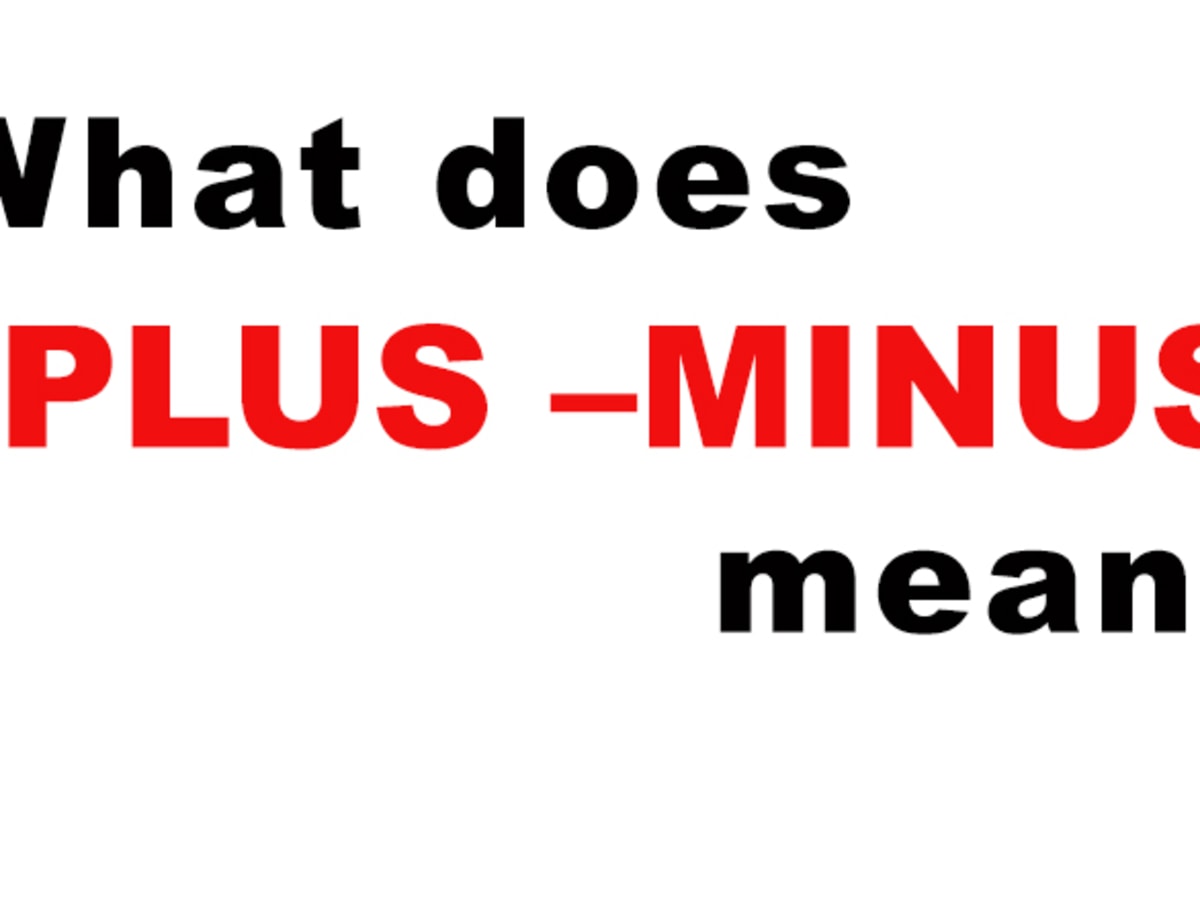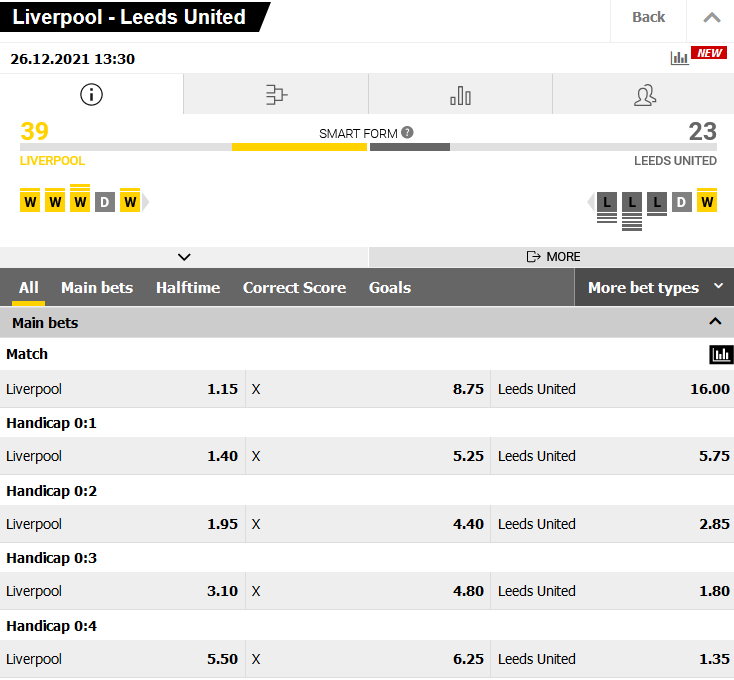What does 3 mean sports betting

A what does 3 mean sports betting point spread means the favorite must win by at least 4 points (winning by exactly 3 would result in a push) in order for a bettor picking. Sports betting spreads, also referred to as lines, are used to even the odds between two unevenly matched teams. A minus 3 spread means that the team that is favored is expected to win by 3 points. The answer to what is a point spread. Sports betting spreads show minus (-) and plus (+) for favorites and underdogs like the Lakers (+).
Deciphering the Meaning of 3 in Sports Betting
In the realm of sports betting, numbers play a crucial role in determining the odds and potential outcomes of a wager. One such number that holds significance is the number 3. As an avid follower of sports betting, I aim to decode the implications of this numerical value in the world of gambling.
Understanding the Significance:
The number 3 in sports betting often refers to the point spread. When a betting line displays a value of 3 points, it signifies that the favored team must win by more than 3 points to cover the spread. On the other hand, the underdog can lose by less than 3 points or win the game outright to cover the spread.
Implications for Bettors:
For those engaging in sports betting, recognizing the impact of the number 3 is crucial. It indicates a margin of victory that can influence the outcome of a bet significantly. Bettors must carefully analyze team performances, player statistics, and other factors to make informed decisions when dealing with a 3-point spread.
Strategic Betting:
Strategically, when faced with a 3-point spread, bettors need to assess whether the favored team has the potential to win by more than 3 points or if the underdog can keep the game close. This evaluation can lead to more calculated wagers and potentially favorable outcomes.
While the number 3 holds specific significance in sports betting, it is essential for enthusiasts and punters alike to delve deeper into its implications to enhance their understanding and approach towards wagering.
How do sports betting spreads work?
How Sports Betting Works
It is common to see a spread of In the first example above, the spread was 76ers First, if the Owls win the game outright, then those bets would win. But if the Wildcats won the game by 9 points or fewer, then Temple bettors would still win their spread bets, because Villanova did not win by more than 9. The run line is usually set at 1. In baseball run lines , the odds for betting on the underdog are usually negative less than even money because sportsbooks believe it is more likely for the underdog to win the game or lose by 1 run than it is for the favorite to win by 2 runs or more.
Point spreads in soccer are very similar to baseball. They are usually set at 1. In this example, the Galaxy needs to win by at least 2 goals for spread bets on the Galaxy to win. When a team covers the spread, that means bettors who placed spread bets on that team won their bet. In our first example above 76ers -5 , if the 76ers won the game by 6 points or more, that means they covered the spread.
A push means that the favorite won the game by a margin equal to the spread. In our example, if the 76ers won by exactly 5 points, then all spread bets on that game would push. Online Sportsbooks often include 0. Since scoring in major sports does not include half-points, it is impossible for a spread bet to push when the line includes a half-point.
This 0. In our example, if the spread was 76ers A moneyline bet is a bet on the outright winner of the game. A point spread bet is a bet on the margin of victory. One reason to bet on the point spread instead of the moneyline is to get better odds for betting on the favorite. One of the main benefits of betting on the point spread is that the odds are usually pretty close to even money e.
This means that you have to risk less money to win the same amount as placing a bet with longer odds e. What does 3 mean sports betting Betting on the point spread also means that watching a game can remain interesting even when the final outcome is no longer in doubt. If the Eagles are However, you remain interested in what happens because if the other team scores a late touchdown to bring the margin down to 13, suddenly the Eagles are no longer covering the spread, even though they still have a big lead and are likely to win the game.
That is an example of how spread betting can lead to frustrating end-of-game situations. Imagine you placed a spread bet on Eagles The game is tied with 1 minute left and the Eagles are driving down the field. They get down to the goal line but time is running out, and instead of trying to score the touchdown you need to win your bet, they kick a field goal to win the game by 3.
Now you are left with a bittersweet feeling where your team won but your bet lost. In sports betting, a parlay is when you make a combination of bets that all need to win in order for the parlay bet to win. If any leg of the parlay does not win, then the whole parlay loses.
The benefit of a parlay is that you can get much better payouts if you win your bet. The odds on most point spread bets are For every leg you add after that, your odds will essentially double. That may sound appealing, but parlay bets are very difficult to hit, which is why the odds are so high.
We said above that a point spread describes the expected margin of victory by the favored team in a given game. The real answer is that sportsbooks set the number for the point spread based on what number they expect will lead to equal action i. So it is more like a measure of public expectations rather than what will actually happen.
Sportsbooks ideally want to have equal action on both sides of a bet.  If the bets are too heavily weighted towards one side, that increases liability for the sportsbook if that side of the bet ends up winning. Of course, setting a point spread is an inexact science, and sportsbooks often do not get equal action on both sides of a point spread. When this happens, the sportsbook will adjust the line to make it more appealing to place bets on the side getting less action.
If the bets are too heavily weighted towards one side, that increases liability for the sportsbook if that side of the bet ends up winning. Of course, setting a point spread is an inexact science, and sportsbooks often do not get equal action on both sides of a point spread. When this happens, the sportsbook will adjust the line to make it more appealing to place bets on the side getting less action.
Major media networks share point spreads and totals in their ticker, and talking heads bring up odds when breaking down games. With the expansion of legal sports betting in the United States, this aspect of consuming sports is unavoidable and here to stay. So, what do all the numbers mean. Let's run down the top terms you need to know to understand sports betting odds this college football season.
In its simplest form, a point spread refers to how many points a team is favored over their opponent. It's not as simple as saying, "Team X is favored by seven points, therefore they will win by seven points," though. It's merely an average outcome, with possibilities above or below it certainly in the probability cards. For example, if TCU is favored by 21 points over Colorado in Week 1, that doesn't mean nobody expects them to win by 22 or 28 or more points.
It's simply the average expected margin of victory. Every point spread has a plus side and a minus side. Underdogs — or teams not favored to win the game — are represented with plus numbers i. Oftentimes, sportsbooks will set a point spread with a half-point to avoid ties or "pushes" like if a team wins by exactly seven points. So, say someone bets TCU The Horned Frogs would need to win by at least 21 points for that bet to be successful.
Should Colorado lose by 20 or fewer points, or win the game outright, a bet on the Buffaloes would be successful. Point spreads move according to the betting populous, or the " market. Perhaps you've heard about "public money" and "sharp money" being on one side or another. This is typically useless information , no matter how much it's pushed on the public.
While the "sharp money" may have been on TCU at Public money, or bets received from non-professional bettors, also rarely moves odds. Only in high-profile events like an NFL game or the National Championship do public bets really push lines. And, to debunk one final common myth: sportsbooks do not move odds to have equal action on each side.
The concept of a moneyline bet is simpler than a point spread. It's just a bet on who will win the game. However, the math behind moneylines varies a bit.
Popular Pages
- How to win sport betting daily
- How to build a sports betting algorithm
- How to play sport bet
- How to mail in vegas sports bet
- Can you bet on sports in california
- Can i bet on sports in indiana
- What is a multiple sports bet
- How to win 100 dollars in sports betting
- How to place online sports bets in ohio
- Is sports betting legal in korea